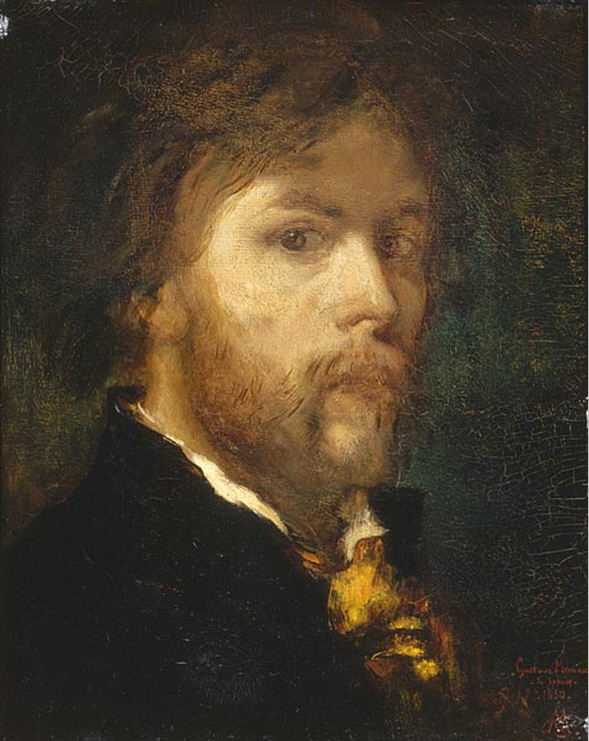“I am dominated by one thing, an irresistible, burning attraction towards the abstract.”
Source: Gustave Moreau (1972) by Jean Paladilhe and Josbe Pierre - transl. Bettina Wadia; Praeger, New York, 1972, p. 32
Context: I am dominated by one thing, an irresistible, burning attraction towards the abstract. The expression of human feelings and the passions of man certainly interest me deeply, but I am less concerned with expressing the motions of the soul and mind than to render visible, so to speak, the inner flashes of intuition which have something divine in their apparent insignificance and reveal magic, even divine horizons, when they are transposed into the marvellous effects of pure plastic art.
